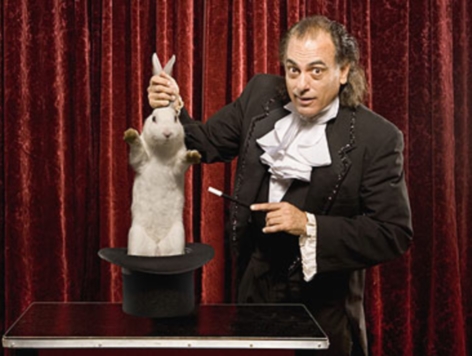In another sign of how questionable poll data is this year, Public Policy Polling unleashed a new Nevada poll on Wednesday showing that Barack Obama is leading Mitt Romney 51-47% overall in the state, and 61-39% among those who have already voted… sort of.
While a 61-39% lead in the early vote for Obama would be big, the accuracy of such data is highly suspect, as voters changed their mind how they voted in the span of a few questions. After 100% of early voters claimed to have voted for either Obama or Romney, a follow-up question asked how these same people voted in a three-way race between Obama, Romney, and Libertarian candidate Gary Johnson. This question must have really confused some people, because Obama suddenly dropped 5 points to 56%, Romney dropped 1 point to 38%, Johnson was now at 4%, and another 2% of early voters were suddenly undecided.
Remember, these are the same exact people who just stated that 100% of their votes either went to Obama or Romney, and at least 6% of the sample changed their vote within the span of 2 questions. How is this possible? The obvious answer is: People are lying about having voted early, and the pollsters are incapable of figuring out if people actually voted. This is also artificially inflating Obama’s standing in the state. We also know that a large portion of the early vote sample is simply lying about having done so because the Nevada Secretary of State releases data daily on who has already voted. Let’s take a look.
At the end of voting on Tuesday, October 23rd, actual data shows that 214,000 Nevadans had voted, either by absentee or early in-person. This is roughly 26% of the 2008 vote. Yet the PPP poll puts this number at a much higher 34% of 2008 turnout and almost 330,000 voters. In other words, PPP respondents claim turnout is some 119,000 votes greater than what actual statistics show. And while the headline is that Obama has a 51-47% lead over Mitt Romney, that number drops to 49-47% when Johnson is included. Since Johnson is actually on the ballot, this would be the more relevant number to look at anyway.
What most analysts, pundits, and pro-Obama “journalists” are looking at right now is the early vote and who is building a lead. Polling early voters has proven very difficult and it is clear that far more people are claiming to have voted early than actually have. In Ohio, the same thing is happening. A Survey USA poll released on Tuesday night claimed that 26% of Ohio voters had already cast a ballot, almost double the 14% that the Ohio Secretary of State lists as actually having voted. In both Nevada and Ohio, Obama’s leads exist only because of the early voting numbers that actual voting statistics quickly disprove.
The question then becomes whose voters are lying about having voted, thereby artificially inflating the data. The numbers make this pretty easy to figure out also. In Nevada, Obama lost 5 points when Johnson was inserted into the mix, while Romney lost just one point. So roughly 83% of the “lie vote” is coming from voters who initially claimed to have already voted for Barack Obama, and then changed their mind and claimed they actually voted for somebody else or, more oddly, were “undecided” when a follow-up question was asked.
While not all of the blame can be directed at pollsters, the reality is that data from even those who claimed to have already voted is, at best, unreliable. In the case of PPP’s Nevada poll, the early vote sample consisted of only about 214 respondents. Such a low number already boasts an incredibly large margin of error, and when you factor in that about one third of that sample is lying about having voted – 83% who say they voted for Obama – the unreliability of the data soars through the roof.
In the case of Survey USA’s Ohio poll, they called a total of 625 registered voters and determined that 609 of them were “likely voters,” pointing to an impossible 97.5% turnout. In reality, only 66% of registered voters turned out in Ohio in 2008, meaning Survey USA’s poll contains a sample in which roughly one-third of those deemed likely to vote, won’t. The best advice is, as usual, to not put much faith in the polls at this point, especially ones that attempt to draw conclusions about early voters while relying on very poor data.
Follow Dustin Hawkins on Twitter @HawkinsUSA

COMMENTS
Please let us know if you're having issues with commenting.